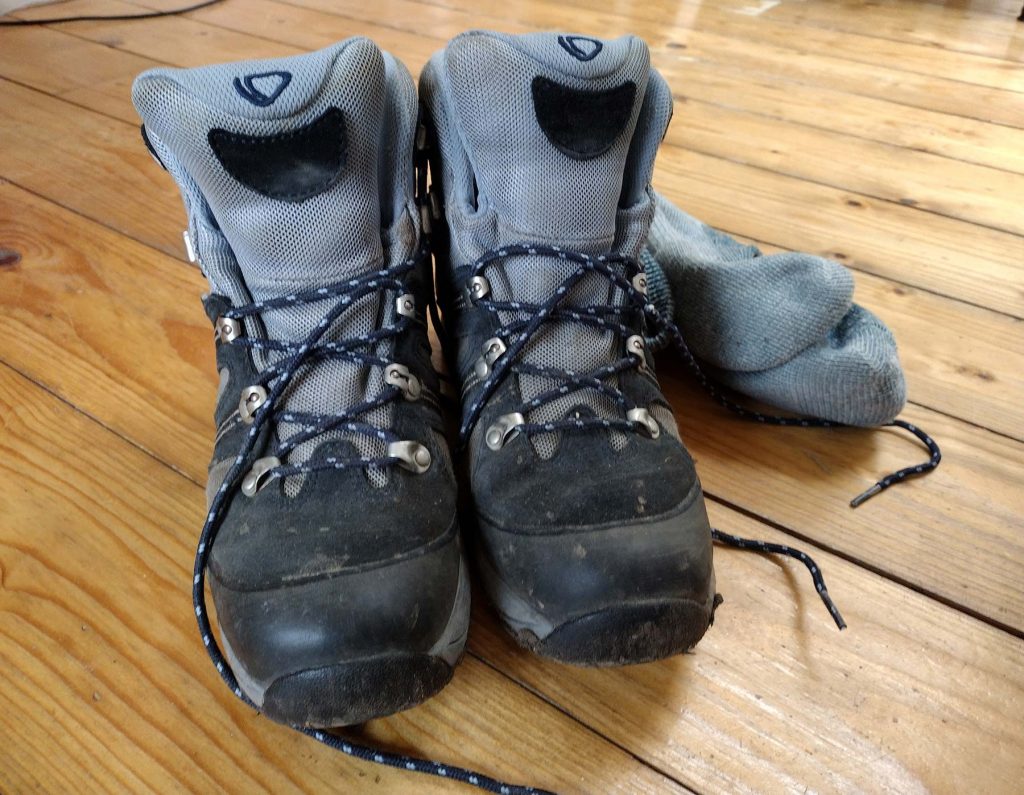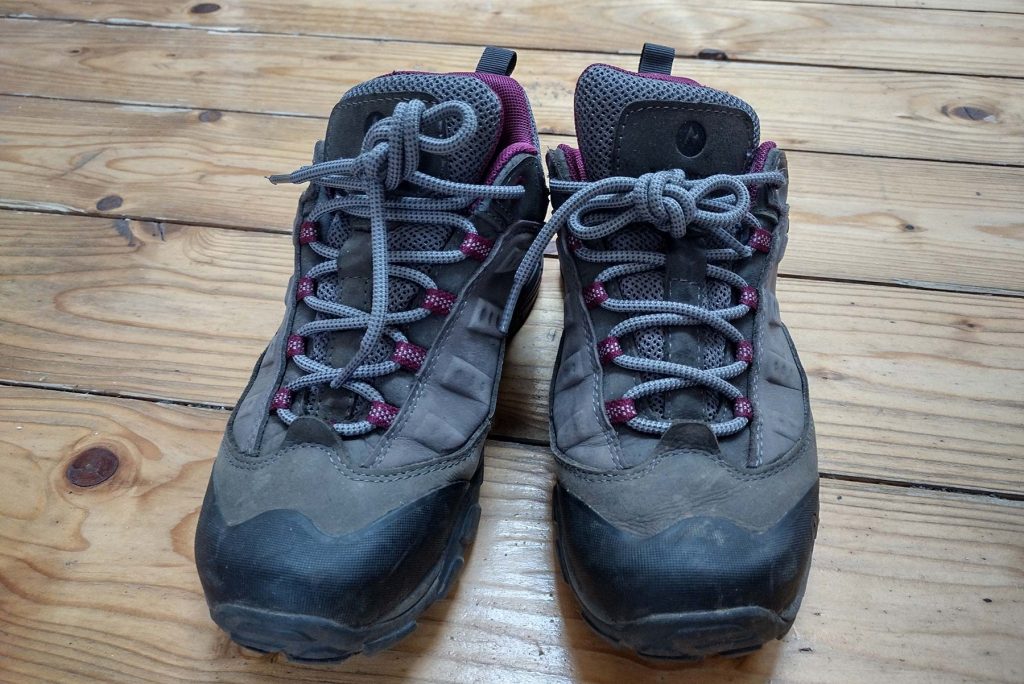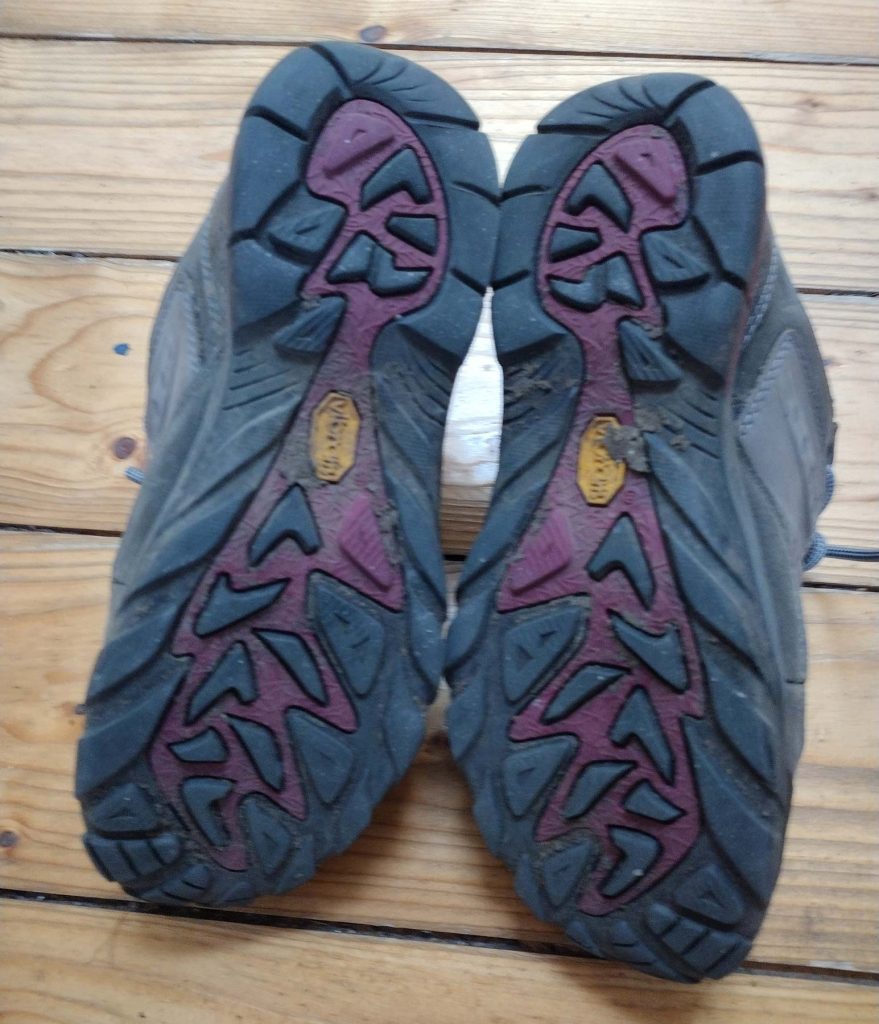How to Choose Hiking Shoes and Boots
Nothing ruins a good walk or climb like blisters and twisted ankles. Every outdoorsy individual knows that good shoes can make or break any activity. This is why it is imperative to be able to choose the best hiking boots that fit you the best. Boots offer more stability than hiking shoes. They are ideally used for tackling rugged trails and they also support the ankles better.
The feet are the most abused part of the human body. It is under the constant strain of supporting your weight plus the added load of the things that you carry around. This is especially true with activities like hiking and climbing. Getting the best hiking footwear is essential for your comfort and the health of your feet.
Hiking footwear options include hiking boots, hiking shoes, and hiking sandals. Here are the differences:
Types of Hiking Boots

Wearing the appropriate type of footwear on your hike is important for the sake of your feet and the pleasure you will receive.
Light Weight Hiking Boots
Trail or light boots are generally used by beginners. They are constructed out of light fabrics like nylon or suede and are supported by a special pattern of leather. Breaking them in can be done quicker as compared to other climbing footwear. They are also ideal for walks that last for a few days.
Medium Weight Hiking Boots
Cross-hikers or medium-weight types are the best hiking boots for moderate to easy types of terrain. The cut reaches up to the ankle which could require a longer period for breaking in the shoes. Its more constricting cut will also take some getting used to. The increased support makes it comfortable for longer trails.
Heavy Weight Boots
Heavy or off-the-trail boots are ideal for more difficult routes and terrains. They are constructed with more features like toe caps, reinforced out-soles, custom mid-soles, and specialized linings. They provide superior support and act as a shock absorber. However, they are also heavier and stiffer which requires a bit of training on the part of the hiker.
Hiking Shoes

How Do Hiking Shoes Differ From Hiking Boots?
Boots are high cut; they are heavier, have more features, and are more reinforced for strength, durability, and stability. They are also designed for difficult trails with rugged terrain.
The hiking shoes, on the other hand, do not extend to cover the ankle. They are lighter and are constructed in breathable materials with a leather support frame. Hiking or trail shoes were made for smooth paths and gradual inclines. They can also be used for more difficult routes because they provide more flexibility. However, this only applies to experts or for very experienced hikers. Beginners should use hiking shoes only for designated easy trails and hiking boots for more difficult tracts.
Shopping For Hiking Footwear
1. The first is to consider the weight of the footwear
Each pound of weight for your shoes is equivalent to five pounds of added weight to your backpack. Look at moisture-wicking properties. This means that sweat is absorbed and taken away from direct contact with the skin. Remember that wet feet cause painful blisters so it is important that your footwear is breathable and water-tight at the same time.
2. Look at the sole construction
Your arches should be fully supported; the feet should not lay flat when supporting the weight of your body and the added burden of your climbing gear. The soles should have deep grooves on tough rubber that is still soft enough to naturally cushion your feet as you walk. Deep grooves provide traction on slippery surfaces and sink into soft surfaces for better grip. Check that the toe and heel area have minimal foam padding because this will cause discomfort after a few minutes of hiking. Place insoles if your feet are not perfectly molded inside the shoe, this especially applies to people with flat feet or large toes.

3. Check tongue and gusset
Tongues are the flaps that cover the boot’s upper inlets. They are connected to the boots via gussets and prevent water, mud, and dirt from entering. Check that the tongue and gusset do not exert pressure on your ankle when the laces are tightened. They should be a comfortably snug fit.
4. Avoid flat laces
Avoid flat laces because they break easily. Get braided nylon laces or cords. They are stronger and can take constant friction without unraveling. Make sure there are scree collars so the back of your ankles don’t chafe. The best hiking boots are those that specifically fit your skill level, target terrain, and feet type.
5. Choose shoes with mesh support
Look for mesh support in the upper part of the shoe. Mesh is breathable and it dries easily to prevent the formation of blisters.
6. Choose shoes or boots with deeply lugged sole patterns
Consider shoes with deeply lugged sole patterns that are spaced far apart. This prevents mud from getting stuck to the bottom of your shoes. You don’t need the additional weight of accumulated mud and dirt while hiking.
Tips to Select the Hiking Shoes
Go for a half an hour walk around the street or in the park before going in the shop to buy your trail shoes. Do this during the latest part of the afternoon when your feet are the biggest size. It will give the best estimate on the condition of your feet during hikes and thus enable you to find the best fit.
Put on the pair of shoes and walk around the shop so you can get an accurate feel of the footwear. Also, wear the socks that you are going to utilize for hiking. Make sure that your toes do not bump against the top part of the shoes. Go for the next larger size if this happens.
As you walk around, your heel should stay with the heel of the shoes. If it bangs against your foot or if your ankle slips out, then you should go for a smaller size or look for features like scree collars or heel cups. Don’t concern yourself with sizes. Your size for regular shoes will most probably differ from your outdoor-gear shoe size because of considerations on foot length and width.
While fitting, place your foot inside the unlaced shoes. Your mid-finger should be able to fit between your heel and the inner heel of the shoe. When the shoes are laced your feet should move back to close the space where your finger once fit.
To conclude
The proper footwear makes a huge difference. It’s not enough to have shoes simply with good traction, they also need to fit properly. When trying on shoes don’t forget to walk both up and down an incline so that you’ll get a size that prevents your toes from getting battered on the descent. Walking poles are also a tremendous help, both for the walk up and can also help take pressure off of your knees on the way down.
Once you really get into it you may find that you need different shoes for different trails and hiking conditions. Whenever possible buy shoes that are waterproof because even if it doesn’t rain that doesn’t mean you won’t encounter a stream or creek right in the middle of your path.
Waterproof boots also protect your feet during rain so that you’re not walking around with wet feet, which could lead to blisters. It’s smart to spend the money on good Smartwool socks, too. Again, some things are worth it and your feet will thank you. Be sure to find footwear that supports your ankles. Granted, some hikers prefer the lightweight low-top shoes but if you’ve ever slipped off a twisting rock then you know why ankle support is so crucial.
The best-fitting hiking footwear will always differ for every individual because of the consideration of comfort, weather-proofing, weight, skill level, and shoe size. Choose the pair of shoes or boots compatible with the terrain you plan to tackle, the weather conditions to expect during your walk, and the duration of your climb.